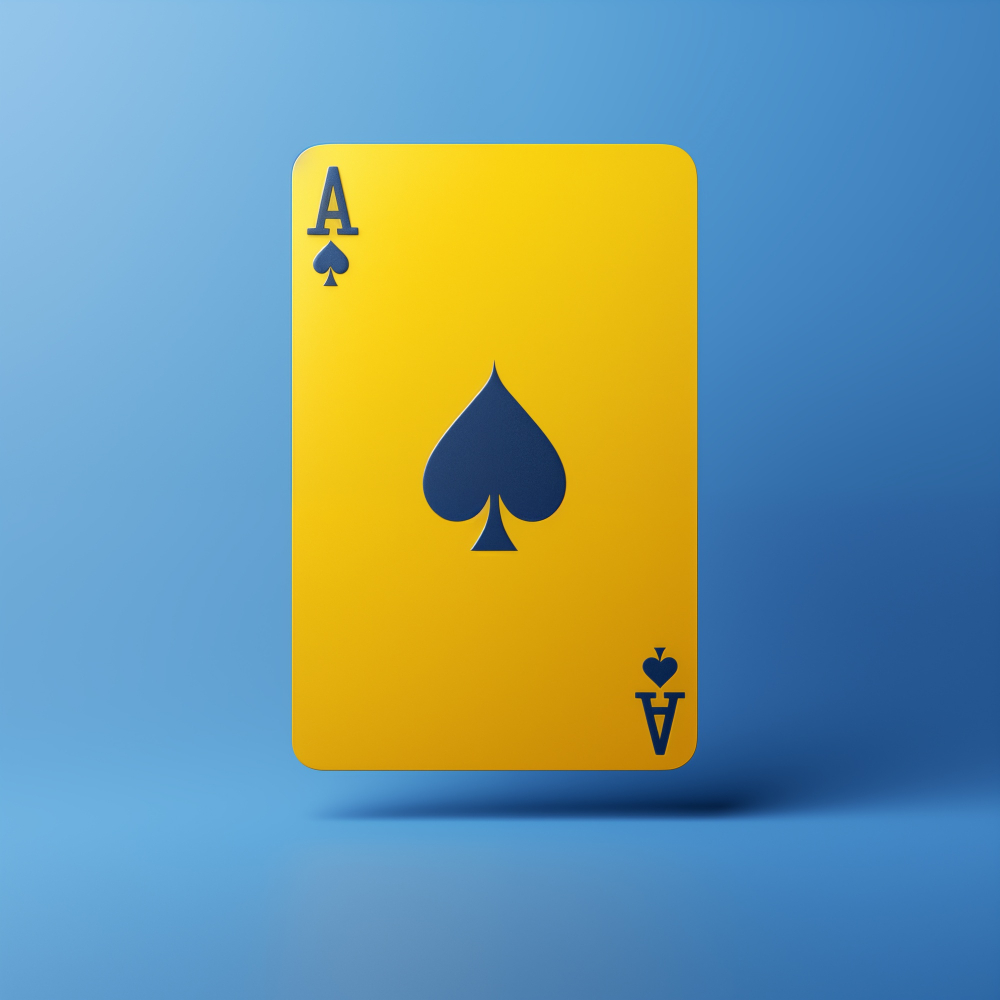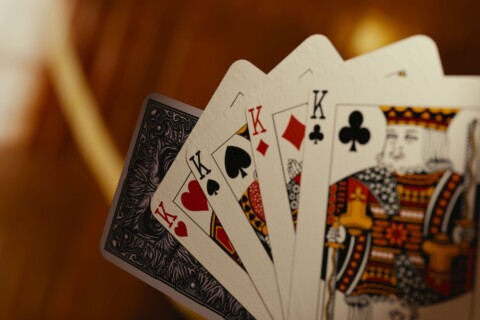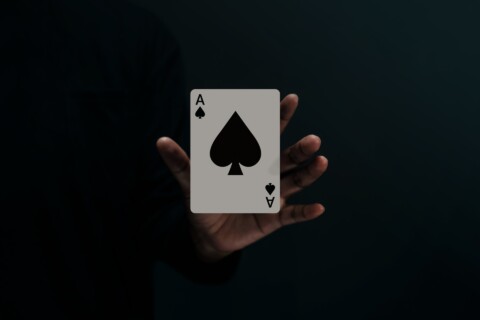Bluffing and hand reading are two pivotal skills that separate casual players from professional poker sharks. If you want to elevate your game to new heights, mastering these techniques is essential. In this guide, we’ll delve into the intricacies of bluffing and hand reading, empowering you to outsmart your opponents and seize control of the poker table.
The Art of Bluffing
Bluffing is more than just pretending to have a good hand; it’s about understanding your opponents, the context of the game, and choosing the right moment. Successful bluffing can turn a weak hand into a winning one, but it requires a delicate balance of risk and reward. Your goal is to create doubt in the minds of your opponents, making them fold stronger hands.
- Timing: The perfect bluff occurs when you sense hesitation or uncertainty in your opponents.
- Position: Bluffing from a later position tends to be more effective as you have more information on your opponents’ actions.
- Consistency: Maintain a consistent betting pattern to avoid giving away tells.
Mastering Hand Reading
Hand reading involves deducing what cards your opponents might be holding. It’s like solving a puzzle, using the available clues such as betting patterns, timing, and body language. This skill allows you to make informed decisions and anticipate your opponents’ moves. To improve your hand reading abilities, practice regularly and observe seasoned players.
For more strategies on improving your poker game, visit pokerprofessor.io.
Advanced Bluffing Techniques
Once you’ve grasped the basics of bluffing, it’s time to move on to more advanced strategies. One such method is the semi-bluff, where you bet or raise with a hand that isn’t the best but has the potential to improve. This type of bluff gives you two ways to win: either your opponents fold, or you hit a better hand on subsequent streets.
- The Double Barrel: Follow up your initial bluff with another strong bet on the turn to apply continued pressure on your opponents.
- The Triple Barrel: For the bold, continue bluffing through the river if the board and betting conditions remain favorable.
- Bluff Catching: Learn to identify when an opponent might be bluffing and capitalize on their aggression by calling with a mediocre hand.
Building Your Bluffing Image
Your table image significantly impacts the success of your bluffs. If you’re known as a tight player who only bets with strong hands, your bluffs will be more credible. Conversely, if you have a loose image, your bluffs might not be taken seriously. Adjust your strategy based on how your opponents perceive you.
| Player Type | Bluffing Strategy |
|---|---|
| Tight-Aggressive (TAG) | Occasionally bluff in high-stakes pots to exploit your tight image. |
| Loose-Aggressive (LAG) | Use semi-bluffs to balance your aggressive play style and keep opponents guessing. |
| Passive Players | Bluff more often as they are likely to fold marginal hands. |
Practical Tips for Hand Reading
Hand reading isn’t just about guessing your opponents’ cards; it’s about systematically narrowing down their range based on the game’s progress. Here are some tips to enhance your hand reading skills:
- Pre-Flop Actions: Pay attention to your opponents’ pre-flop behavior. Did they raise, call, or limp? This provides the first clues about their hand strength.
- Flop Analysis: Evaluate how their play on the flop aligns with their previous actions. A big bet on a coordinated flop could signify a strong hand or a drawing hand.
- Turn and River Decisions: Assess any changes in betting patterns on the turn and river. Sudden aggression can indicate a made hand or a desperate bluff.
Observation and Practice
The best way to improve your hand reading abilities is through keen observation and consistent practice. Watch how experienced players navigate their hands and analyze their thought processes. Over time, you’ll start recognizing patterns and making more accurate reads. Join poker forums and communities to discuss hands and receive feedback from other enthusiasts.
Conclusion
Both bluffing and hand reading are essential skills for anyone serious about becoming a professional poker player. Mastering these techniques requires patience, practice, and a keen sense of observation. By implementing the strategies discussed in this guide, you’ll be well on your way to outsmarting your opponents and dominating the poker table. For a deeper dive into poker strategies and tips, visit PokerProfessor.io.





